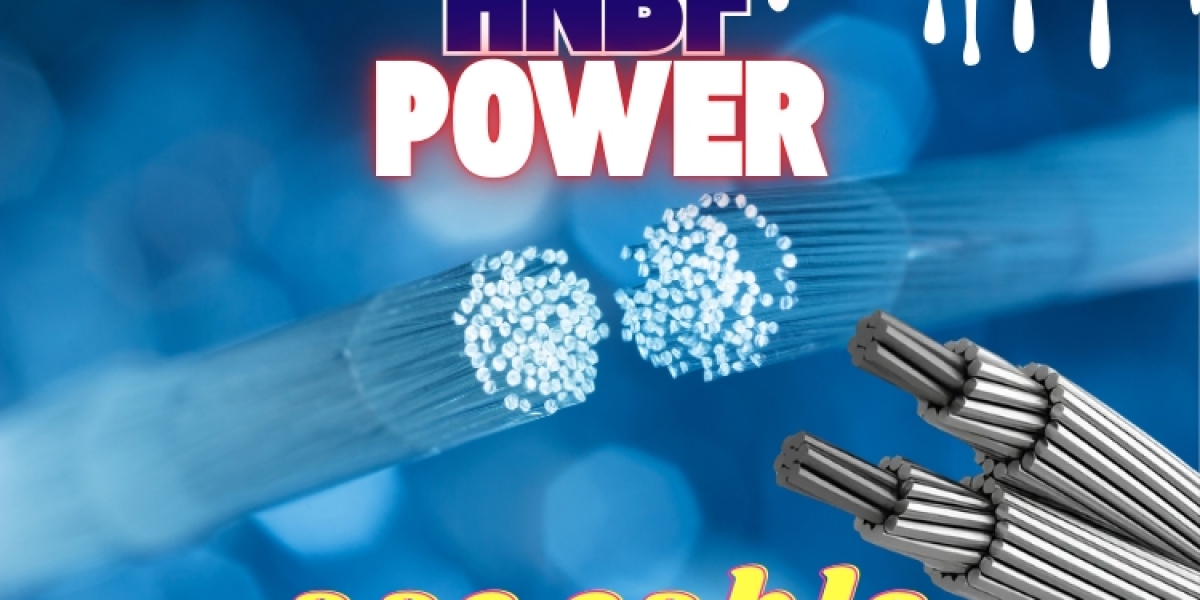AAC cable, short for All Aluminium Conductor, is a type of electrical cable widely used for power transmission and distribution. It is composed entirely of aluminium strands, making it lightweight yet strong enough for overhead electrical lines. As a trusted supplier, HNBFPOWER provides high-quality AAC cables designed for efficient current flow and long-term durability.
Electric Capacity of AAC Cable
The electric capacity of an AAC cable depends on several factors:
Conductor size: Larger diameters allow higher current-carrying capacity.
Operating temperature: Typically rated up to 75°C to 90°C.
Voltage rating: Commonly used for low and medium-voltage transmission lines.
Ambient conditions: Air temperature and wind cooling affect performance.
AAC cables are ideal for short-distance power distribution where electrical losses are minimal. They conduct electricity efficiently due to aluminium’s excellent conductivity-to-weight ratio.
Applications of AAC Cable
AAC cables are primarily used in areas where high conductivity and low weight are essential. Common applications include:
Urban power distribution: For short spans between poles in cities and towns.
Electrical substations: As jumpers and connections within substations.
Rural electrification: Lightweight design simplifies installation in rural areas.
Industrial wiring: For internal plant or factory distribution networks.
HNBFPOWER’s AAC cables meet international standards, ensuring reliable performance in various environmental conditions.
Characteristics of AAC Cable
AAC cables have several key characteristics that make them suitable for power applications:
Construction: Stranded aluminium wires for flexibility and strength.
Corrosion resistance: Aluminium naturally resists oxidation, increasing lifespan.
Lightweight: Easier handling and installation compared to copper conductors.
High conductivity: Ensures efficient power transmission with minimal losses.
Cost-effective: Aluminium is less expensive than copper, reducing project costs.
These properties make AAC cables a practical choice for both public utilities and private power installations.
Advantages of Using AAC Cable
AAC cables offer multiple advantages in electrical and structural performance:
Economical Solution: Lower material and installation costs.
High Strength-to-Weight Ratio: Enables longer spans and reduced pole loads.
Low Maintenance: Minimal upkeep required once installed.
Easy Installation: Lightweight structure simplifies handling and setup.
Eco-Friendly: Aluminium is recyclable and energy-efficient to produce.
With HNBFPOWER’s manufacturing expertise, customers receive cables with consistent quality and optimized electrical performance.
How to Buy AAC Cable
When purchasing AAC cables, consider the following steps to ensure proper selection:
Determine Application Needs: Identify voltage level, distance, and environment.
Select Proper Size: Choose a conductor diameter suitable for the required current.
Check Standards Compliance: Verify adherence to IEC, ASTM, or BS standards.
Request Quality Certification: Ask for test reports from the manufacturer.
Partner with Reliable Suppliers: Purchase from trusted brands like HNBFPOWER known for superior product quality and after-sales support.
HNBFPOWER provides technical assistance and product customization to meet project-specific requirements.
Conclusion
AAC cables remain a vital component in modern power transmission systems. With their excellent electrical conductivity, cost efficiency, and durability, they continue to be preferred for short to medium-distance transmission. Choosing a reputable manufacturer like HNBFPOWER ensures that you receive reliable, high-performing AAC cables suited to your electrical needs.








